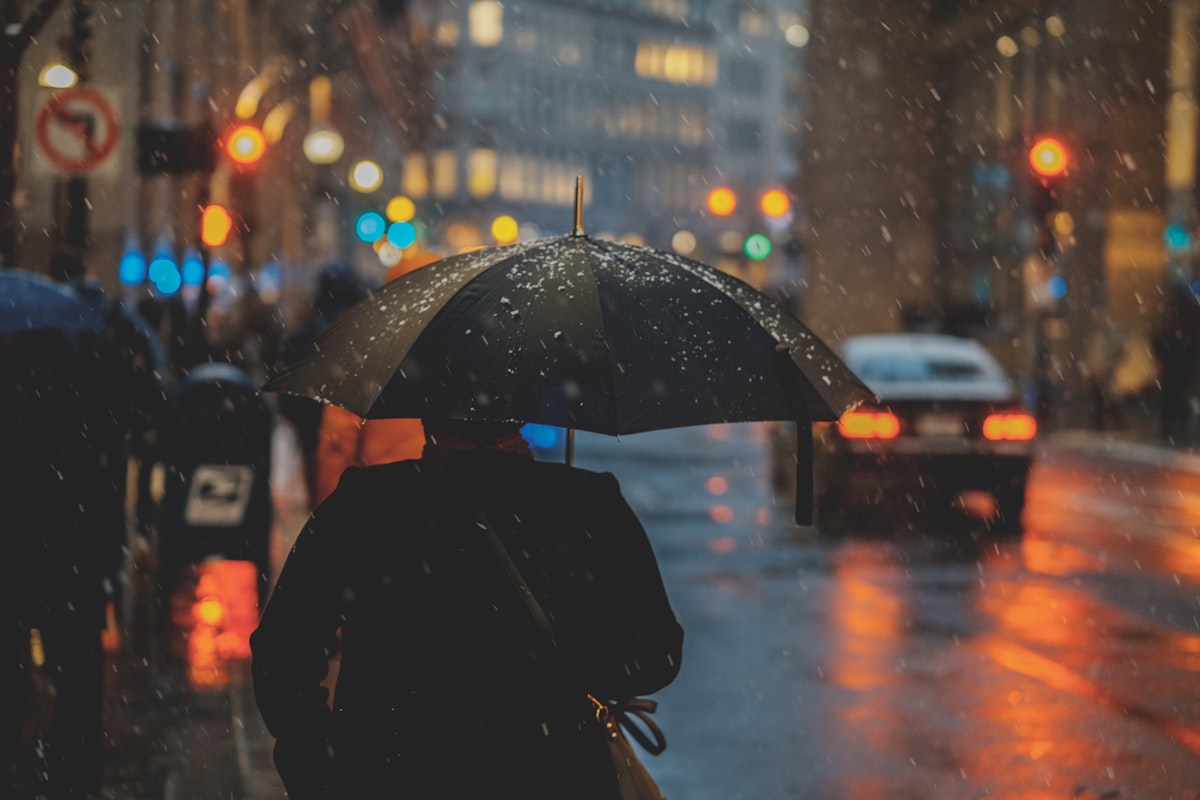The Secret World of Weather: Another way of Figuring out What to Wear in the Morning
A general forecast is useful, but can the art of reading the clouds and the wind yield a greater degree of certainty?

Stop me if this sounds familiar to you: It's one of those fickle spring mornings, and you groggily wake up and trudge over towards your closet to grab a pair of clothes for the day. You open the drawer and stop, as you wonder what to wear for the day. Will it be hot? Cold? Windy? Or perhaps even snow? So, looking for answers, you turn to your phone, which conveniently gives you all your clothes-picking answers in the form of a short daily weather forecast. Knowing that, you throw on a set of clothes, and move on with your day.
If you’re anything like I am, this happens more mornings than you might care to admit. It’s nice knowing what might happen on a given day at a given time and being able to have a fairly good idea of how the weather might act falls right in that category. I wouldn’t say it gives me a sense of power, but when I know when it’s about to rain on those poor fools sitting outside as I watch from behind a pane of glass, I can’t help but laugh at the fact that I’ve got information that they don’t. (On the other hand, maybe it does make me feel powerful, but that point isn’t up for discussion as of now).
It’s because of that sense of control and understanding of the world around me that I picked up a new book to read not long ago called The Secret World of Weather: How to Read Signs in Every Cloud, Breeze, Hill, Street, Plant, Animal, and Dewdrop, written by an avid weather observer named Tristan Gooley. After a lifetime of exploring places from the American West to the marshes of the U.K. to the Himalayas, he has become what he calls a “master of natural navigation.” He’s been caught in snowstorms, torrential downpours, and even found rain in the desert, and came out all the better for it. That’s because he knew when and where it was going to happen—and it all stems from the fact that he could understand the world around him in a way we usually don’t.
That’s honestly the fundamental difference between Gooley and the rest of us trying to figure out the weather as we roll out of bed. When we immediately turn to our phones, he turns to the sky and the trees or the dew on the lawn outside to figure out what the weather might do. With a high degree of frequency, he loves to turn to clouds, using them to point out inclement weather that might be hours or days in advance. For example, he uses thin wispy clouds high in the atmosphere to predict rain that might be a day away, or low hanging stratus clouds to show that precipitation might be right around the corner.
More interesting is his emphasis on how small microclimates have a huge impact on local weather. Though he shows that there is a greater usefulness to official meteorological reports and forecasts, they usually don’t factor in any of the local topography. Hills or wooded areas might generate thunderstorms, and shaded spots under trees or houses might stay mystifyingly dewy when not a drop of it exists anywhere around it on early mornings. His take on how even weeds or tree bark dictates whether or not snow, dew, or rain might fall on a given area adds another layer to an otherwise impersonal weather report and emphasizes that there’s always more to see than what meets the eye.
Perhaps I’m slightly jaded in saying that I think this book is extremely interesting, but I make a habit of trying to find out why the world we live in works around us. And trust me, as much fun as it is skimming through textbooks to find out the answers I want (which isn’t actually fun at all), these small stories and anecdotes scattered throughout meant that I couldn’t put the book down once I started.
Now, instead of immediately reaching for my phone, I now can look out the window, take a glimpse at the shapes of the clouds, and know whether to wear shorts and a T-shirt or throw a windbreaker on for the day at hand. A general forecast is useful, but the art of being able to read the clouds and the wind yields a degree of certainty I otherwise wouldn’t have had.


